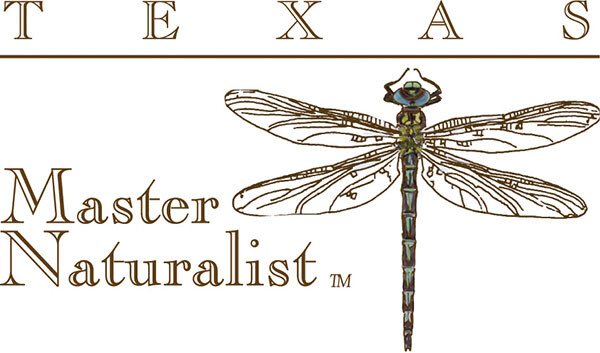 The Rio Grande Valley supports two chapters of Texas Master Naturalist and both chapters are taking applications for the new class training that will begin January 7. The deadline to register is December 18.
The Rio Grande Valley supports two chapters of Texas Master Naturalist and both chapters are taking applications for the new class training that will begin January 7. The deadline to register is December 18.
For the 2021 training session, the chapters will join efforts and provide virtual training; attendees will need a computer, iPad or Android pad. Using a smartphone is not recommended. In addition, field trips are a required element of training and will be online or in person depending on current county and departmental public health guidelines. Outdoor field trips will require appropriate masks and social distancing.
Residents over the age of 18 and Winter Texans are welcome to join either of the chapters, despite residential location. The Rio Grande Valley chapter generally covers Cameron and Willacy counties; the South Texas Border chapter supports Hidalgo and Starr counties. The chapters share Cameron and Hidalgo counties.
Texas Master Naturalist is a unique educational volunteer program sponsored by Texas A&M AgriLife Extension Service, Texas Sea Grant Program and the Texas Parks and Wildlife Department. Both chapters share sponsors: Texas A&M AgriLife Extension Agent Tony Reisinger in San Benito and Javier De Leon, Park Superintendent at Estero Llano Grande State Park in Weslaco.
“Texas Master Naturalist is a citizen volunteer program whose members have diverse interests and who become involved in myriad activities to learn about, work with, and help educate others about the special habitat and ecology of the Rio Grande Valley,” said Reisinger.
“When nature is left to itself, a unique ecosystem develops -- after hundreds of years,” Reisinger said. “Today, that unique ecosystem is what Texas Master Naturalists learn about and help sustain: the Rio Grande Valley’s native habitat and the critters that depend on it.”
Classes are taught by local university professors, and other field experts, including those from the Texas Parks and Wildlife Department; National Oceanic and Atmospheric Administration; and U.S. Department of Agriculture.
Students attend weekly Thursday classes from 6 to 9 p.m. beginning January 7, through March 25. Special field trips provide unique access and learning opportunities.
Even with the social distancing mandates, trainees will still be able to join volunteer teams with other chapter members and work among the hundreds of local partners in activities at federal, state and local wildlife parks, coastal naturalist programs, cities, schools, and other public entities as restrictions lessen and more opportunities are again available.
Volunteering options to chapter members and trainees may include studying ocelots and other mammals, to joining cutting-edge university studies, developing public native gardens, learning about native plants and habitat, citizen science projects, bird migration and shore birds to Gulf and beach inhabitants and trends, docent positions and native field guides.
“Virtual classrooms this year may open the opportunity to those who, in the past, have been hesitant to join this organization,” said chapter sponsor De Leon, from Texas Parks and Wildlife Department. “It is our hope to encourage more Valley residents to take advantage of this unique learning experience and volunteer opportunity.”
The cost is $150 and includes textbook, fees, t-shirt and one-year membership. Full scholarships are available. Requests for scholarships are also due by December 18. Note that scholarships are chapter specific.
To apply for the class, find scholarship information and pay options visit these links: Rio Grande Valley Chapter, www.rgvctmn.org at the New Class 2020 link. South Texas Border Chapter, www.stbctmn.org at the New Class link. Classes run from January 7 through March 25, on Thursdays, 6 to 9 p.m.
Across the state, since its inception in 1997, more than 13,000 people have been trained in the Texas Master Naturalist program, 6.2 million hours of service has been valued at more than $150 million, 2,230 miles of trails have been developed and maintained and 229,000 acres of native habitat has been enhanced in the state.













